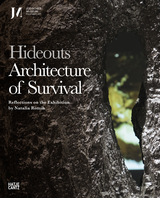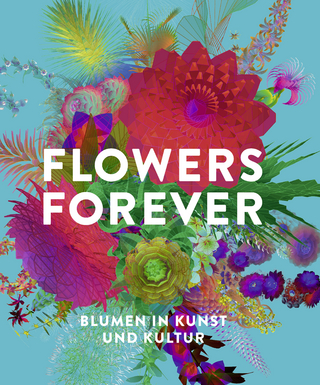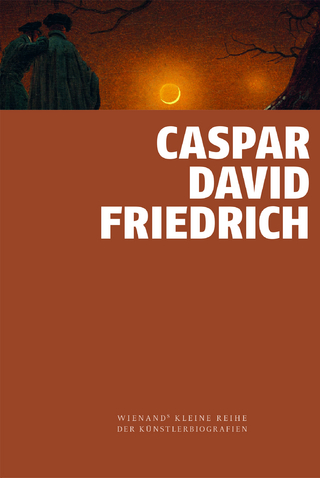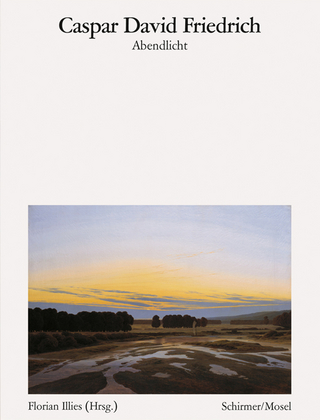Architecture of Survival
Seiten
• Unique, interdisciplinary insight into the concealed architecture of survival
• Artistic tribute to the architectural creativity and ingenuity of survivors
lt;p>Approximately 50.000 Jews survived the Holocaust in occupied Poland and Ukraine in hiding places. Driven by necessity, they were forced to seek refuge in unlikely and seemingly unsuited places such as tree hollows, closets, basements or sewers-staying there for hours, days, and sometimes even months.
Architect, scholar and artist Natalia Romik has identified and studied several hideouts that still exist today. Her research accentuates the material and spatial dimensions of living in hiding, gathering the evidence of vernacular, architectural creativity employed under life-threatening conditions. Natalia Romik views hideouts as concealed monuments to the ingenuity of Holocaust survivors and their helpers.
This interdisciplinary catalogue makes the fragile physical reality of these places tangible and addresses the fundamental question of the function of architecture in relation to the history of violence and our culture of commemoration. A graduate in political science, practitioner of architecture and artist, NATALIA ROMIK (*1983, Warsaw) received a PhD at London's Bartlett School of Architecture in 2018. Romik has been awarded numerous grants, including the London Arts and Humanities Partnership, and the Scholarship of the Minister of Culture and National Heritage of Poland. Currently she is a postdoctoral fellow at the Foundation for the Memory of the Shoah in Paris.
• Artistic tribute to the architectural creativity and ingenuity of survivors
lt;p>Approximately 50.000 Jews survived the Holocaust in occupied Poland and Ukraine in hiding places. Driven by necessity, they were forced to seek refuge in unlikely and seemingly unsuited places such as tree hollows, closets, basements or sewers-staying there for hours, days, and sometimes even months.
Architect, scholar and artist Natalia Romik has identified and studied several hideouts that still exist today. Her research accentuates the material and spatial dimensions of living in hiding, gathering the evidence of vernacular, architectural creativity employed under life-threatening conditions. Natalia Romik views hideouts as concealed monuments to the ingenuity of Holocaust survivors and their helpers.
This interdisciplinary catalogue makes the fragile physical reality of these places tangible and addresses the fundamental question of the function of architecture in relation to the history of violence and our culture of commemoration. A graduate in political science, practitioner of architecture and artist, NATALIA ROMIK (*1983, Warsaw) received a PhD at London's Bartlett School of Architecture in 2018. Romik has been awarded numerous grants, including the London Arts and Humanities Partnership, and the Scholarship of the Minister of Culture and National Heritage of Poland. Currently she is a postdoctoral fellow at the Foundation for the Memory of the Shoah in Paris.
Natalia Romik (born in 1983 in Warsaw) combines academic research with methods of contemporary art and architecture to explore the (post)Jewish architecture of memory. A graduate in political science, practitioner of architecture and artist, she was awarded a PhD at the Bartlett School of Architecture in 2018. Romik has been awarded numerous grants, including the London Arts and Humanities Partnership, Dan David Prize, Gerda Henkel Stiftung, Foundation for the Memory of the Shoah. Currently the scholarship holder of the post-doctoral project: Hideouts: the architectural analysis of the secret infrastructure of Jewish survival during the Second World War. Member of the SENNA architecture collective.
| Erscheinungsdatum | 06.03.2024 |
|---|---|
| Co-Autor | Agnieszka Holland, Stanislaw Ruksza, Barbara Kirschenblatt, Mirjam Wenzel |
| Mitarbeit |
Designer: Piotr Jakoweńko |
| Sprache | englisch |
| Maße | 244 x 298 mm |
| Gewicht | 1192 g |
| Themenwelt | Kunst / Musik / Theater |
| Schlagworte | Architectur • Dokumentation • Jüdisches Erinnern • Shoah • Zeitgenössische Kunst |
| ISBN-10 | 3-7757-5596-9 / 3775755969 |
| ISBN-13 | 978-3-7757-5596-2 / 9783775755962 |
| Zustand | Neuware |
| Haben Sie eine Frage zum Produkt? |
Mehr entdecken
aus dem Bereich
aus dem Bereich




